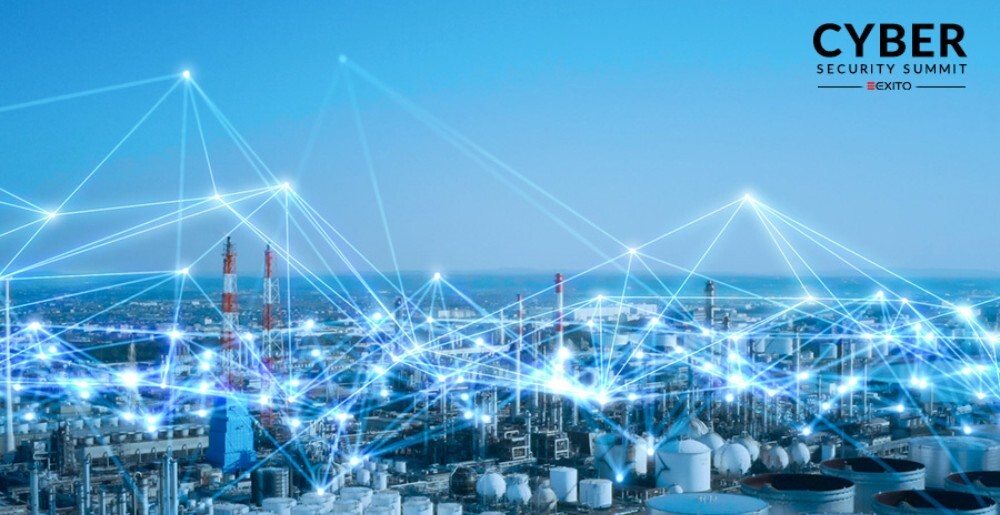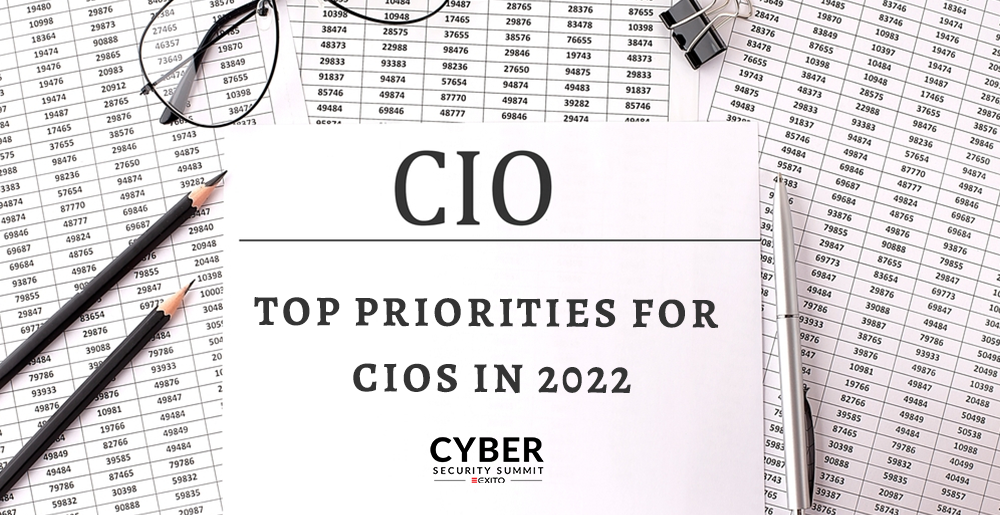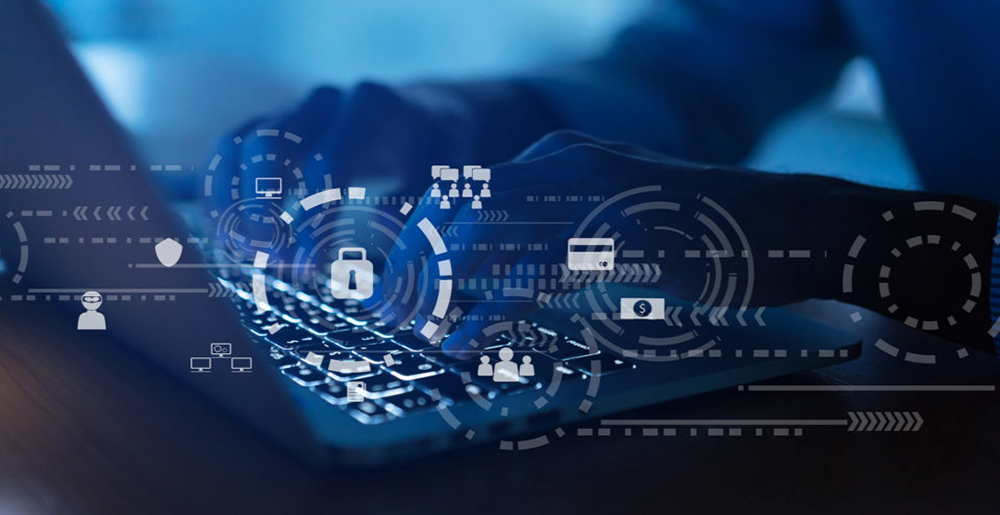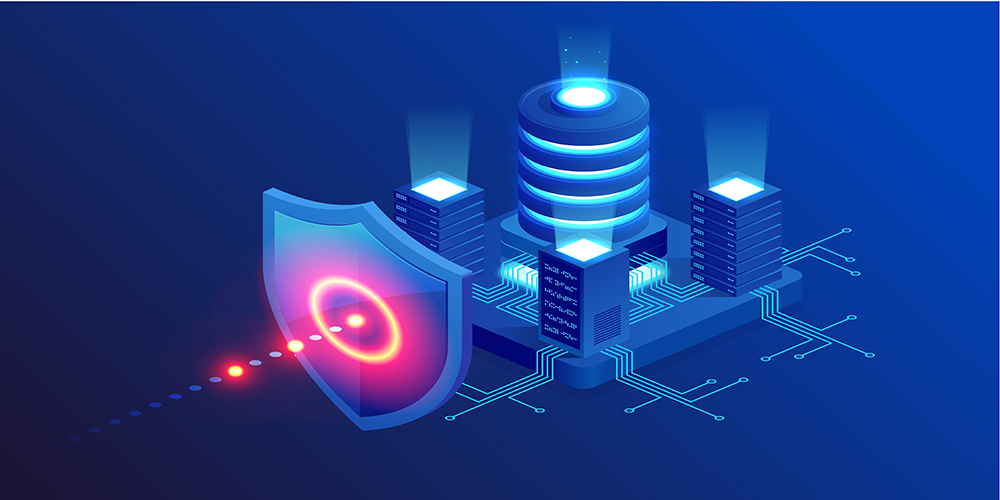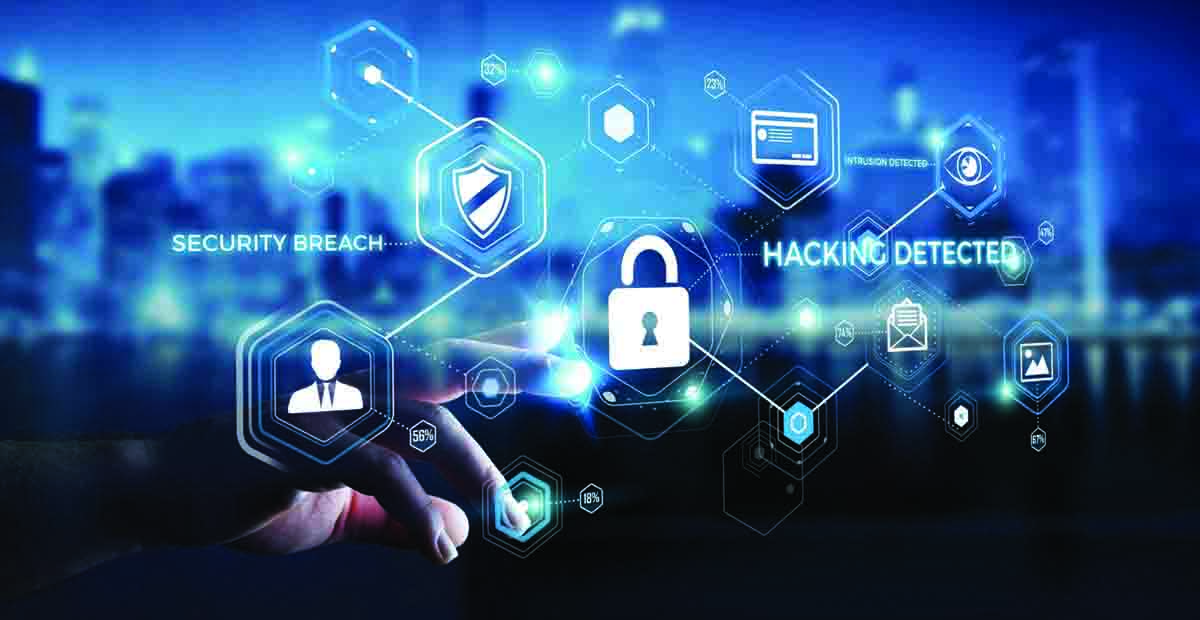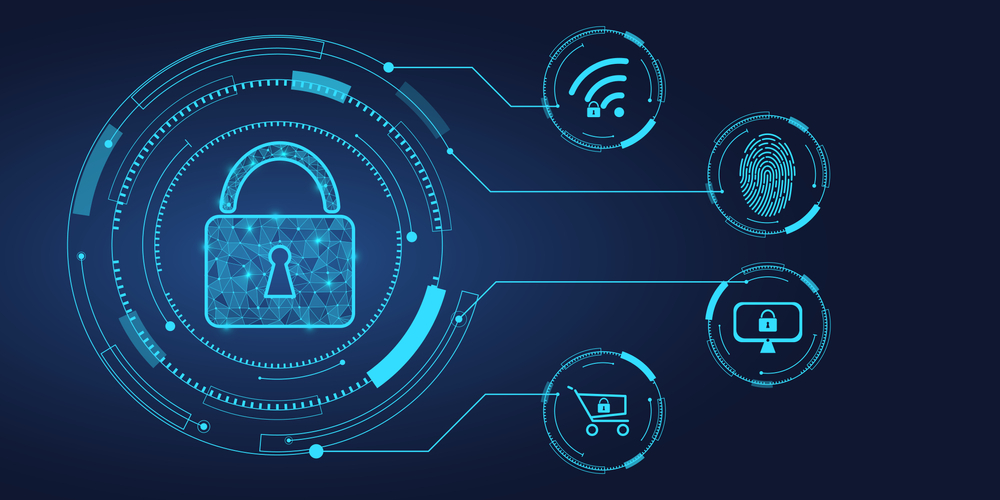In the modern world, it is impossible to live without being connected. The internet has become an integral part of our lives, and we rely on it for everything from entertainment to shopping. However, there is an increased risk of cyberattacks with the increase in the usage of internet-connected devices.
Therefore, Cybersecurity has become an essential topic in the last few years. The risk of cyberattacks is ever-present, and businesses need to be aware of this risk and take necessary measures to prevent it.
Companies and organizations need to consider the consequences of a cyberattack on their business and take steps to minimize the risks. Industrial cybersecurity is a growing field due to the increasing number of attacks on industrial control systems.
Cybersecurity is vital for all industries as they are at risk of cyberattacks. Enterprises need to take measures such as implementing advanced cyber security and having a robust cybersecurity team to protect their data and customers. However, some specific industries need to take extraordinary measures to keep their business from cyberattacks. This article will discuss the top industries that need advanced Cybersecurity measures.
- Financial services
Finance is perhaps one of the essential areas where cybersecurity and privacy are critical to success. We need to see organizations take these risks seriously and invest in cybersecurity and identity solutions far into 2022.
Over 150 million Americans’ personal information was exposed due to the Equifax credit leak. Expect more assaults like these in the future, both against financial institutions and big government agencies that handle personal financial data.
- Healthcare
Healthcare is one of the areas where hackers may get access to some of the most sensitive information. Various studies have found that sick and elderly persons are more vulnerable to internet scams and crimes. Hackers aim to get access to patient’s personal information to exploit it to control them.
Healthcare data must be safeguarded using the most up-to-date cybersecurity techniques. Data must be kept on secure private servers that are only accessible to a limited number of people.
- Government
Government organizations and the military hold a variety of sensitive information, and are thus becoming increasingly vulnerable to cyberattacks. For example, consider organizations that handle and store social security numbers, financial data, addresses, and biometrics such as fingerprints.
These information points are not just susceptible but also attack pathways. Malicious hackers have more opportunities to access current systems or change various details if they have more knowledge.
- E-commerce
Over the years, online shopping has grown in popularity, but the COVID-19 pandemic has caused tremendous growth in the 2020s. This is excellent news for businesses since e-commerce can reach a far bigger audience than traditional retailers. However, these businesses need a high level of cybersecurity, as the popularity of online shopping has led to a huge increase in cybercrime, costing $1 trillion in 2020 alone.
- Manufacturing
The manufacturing industry is one such industry that is undergoing a lot of technological disruptions. The industry’s processes have been optimized by implementing Industry 4.0 technologies, such as Internet of Things (IoT) sensors, AI robotics, and factory management systems. However, the same technology has increased the vulnerability of manufacturing and warehouse networks to hackers and cyber-attacks.
Conclusion
Cybersecurity is a significant issue for all industries and companies. The risk of cyberattacks is high, and they can be costly to the business in the form of data breaches, ransomware and malware attacks, and more.
Therefore, today cybersecurity has become vital for all businesses–large or small and should always be on your radar, and it doesn’t matter if you’re in the finance industry or the manufacturing industry.
